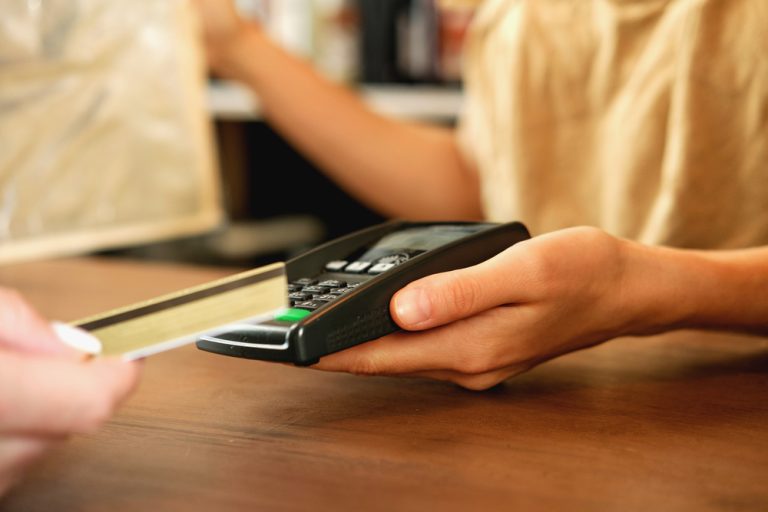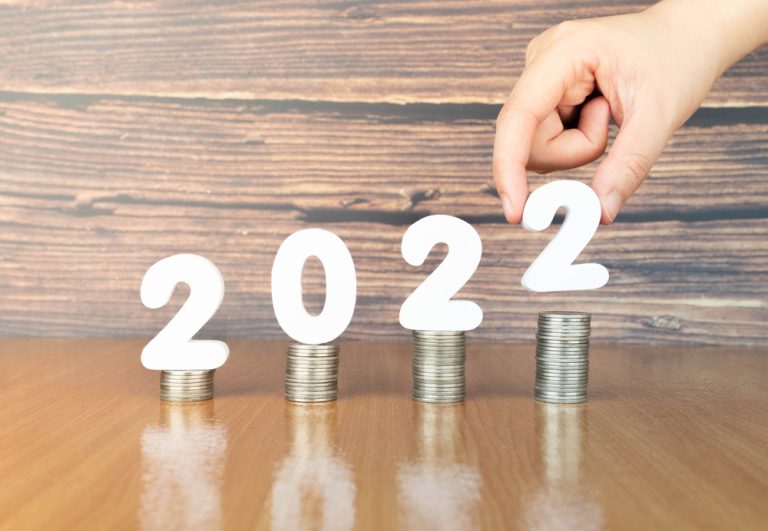Being sensible with Buy Now Pay Later this silly season
Move over debit and credit cards; consumers are flocking to Buy Now Pay Later (BNPL) services. Afterpay, Zip Pay and several similar payment solutions allow shoppers to take home their…

Move over debit and credit cards; consumers are flocking to Buy Now Pay Later (BNPL) services. Afterpay, Zip Pay and several similar payment solutions allow shoppers to take home their…

Talk about hammering the plastic. In November 2021, Australia’s 13.2 million credit card accounts were used to make over 292 million transactions with a total value of $31.9 billion. Card…

Another year is over. Did you achieve everything you’d hoped? Are you better or worse off financially than you were this time last year? With a new year in front…

Prior to COVID, we were steadily moving towards a cashless world. Post 2020, even the most resilient of us has made the leap to tap-and-go payments sooner than we expected….
End of content
End of content